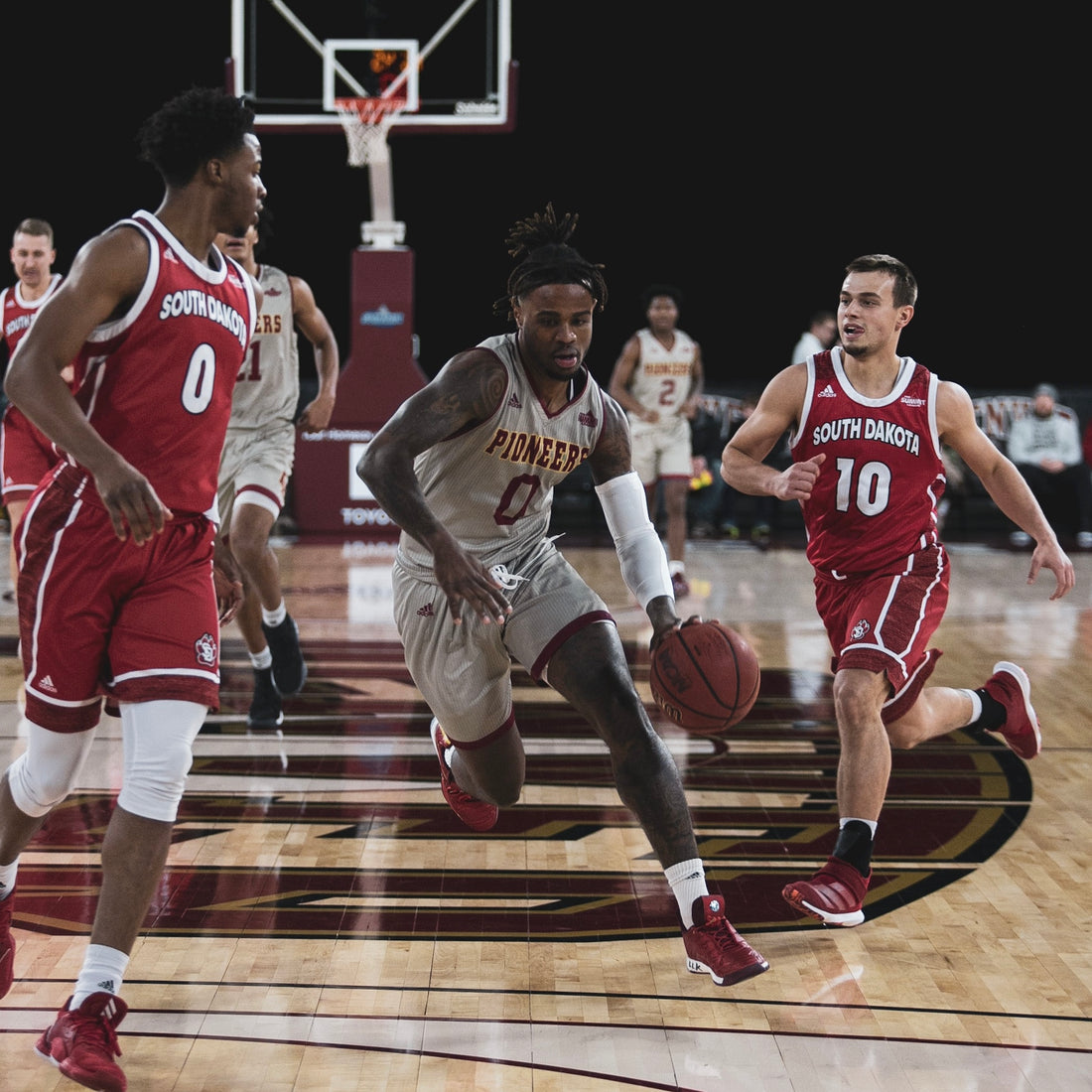Freezing the action is one of the essential skill in sports photography. It involves capturing sharp and crisp images of moving subjects, such as athletes, balls, and props, while blurring the background and conveying a sense of motion and energy.
Here are some key techniques and tips that will help you master the art of sports photography:
1. Use a fast shutter speed
The most fundamental technique for freezing the action is to use a fast shutter speed. The faster your shutter speed, the less time the camera's sensor is exposed to light, which means less motion blur in your photos.In general, you should use a shutter speed of at least 1/500th of a second for most sports, but for faster-moving subjects, such as track and field, motorsports, or wildlife, you may need to use 1/1000th of a second or higher.
Keep in mind that the actual speed you need will also depend on other factors, such as the lighting conditions, the focal length of your lens, and the distance between you and your subject.
2. Choose the right aperture
While a fast shutter speed is crucial for freezing the action, it's not the only factor that affects your image quality. You also need to pay attention to your aperture setting, which controls the depth of field (the area in focus) in your photo.A wide aperture (low f-stop number) will create a shallow depth of field, which can help isolate your subject from the background and emphasize the motion blur. However, this may also make it harder to keep your subject in focus, especially if they move erratically or unpredictably.
On the other hand, a narrow aperture (high f-stop number) will create a deeper depth of field, which can keep more of your scene in focus, but may also reduce the overall impact of your image.
In general, a moderate aperture setting around f/5.6 to f/8 is a good starting point for sports photography, but you may need to adjust it based on your specific situation and artistic vision.
3. Use continuous autofocus
Another critical element of freezing the action is to keep your subject in focus as they move. This can be challenging, especially if you're using a telephoto lens or shooting from a distance.To help with this, use a camera with fast and accurate autofocus (AF) capabilities, and set it to continuous AF mode. This mode will track your subject and adjust the focus continuously as they move, allowing you to capture sharp and clear images.
Keep in mind that some cameras have multiple AF modes, such as single-point AF, zone AF, or wide-area AF. Experiment with these modes to find the one that works best for your subject and scene.
4. Anticipate the moment
One of the most critical skills for sports photography is anticipating the moment. This means predicting where your subject will be and what they will do next, and positioning yourself and your camera accordingly.This requires a lot of practice, observation, and knowledge of the sport you're photographing. Study the rules, strategies, and techniques of the game, and try to anticipate the peak moments of action, such as a goal, a jump, or a sprint.
You can also use burst mode (continuous shooting) to capture multiple frames in rapid succession, which can increase your chances of getting the perfect shot.
5. Be prepared and adaptable
Finally, remember that sports photography is unpredictable and dynamic. You never know what will happen next, or what obstacles you may face, such as bad weather, crowd interference, or equipment failure.To succeed in sports photography, you need to be prepared and adaptable. Bring backup gear, extra batteries and memory cards, and dress appropriately for the weather and environment.
Also, be ready to change your settings and composition on the fly, depending on the situation. Don't be afraid to experiment and take risks; sometimes, the best shots come from unexpected angles or perspectives.
Sports photography requires a combination of technical skills, artistic vision, and situational awareness. By following the tips above, you can create stunning images that capture the thrill and excitement of the game.


